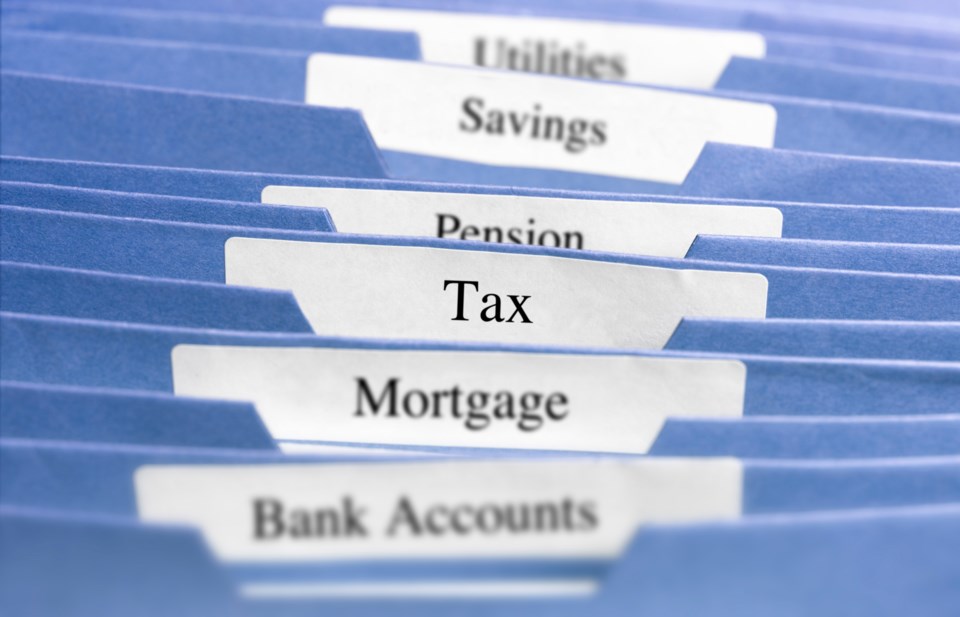At this time of year people’s minds turn to their annual tax filing obligations and what to do to minimize their tax.
The most telling phrase in that sentence, according to Cochrane tax accountant Rhonda Hemsing, might be “at this time of year.”
One of the most common mistakes many people make is to put off thinking about how to reduce their tax burden(s) only when they start to see articles in the media (like this one) about RRSPs and other tax reduction tools.
The time to think about taxes is year round, she said: Not just in March.
“Unfortunately there aren’t many options to reduce their tax bill at this point,” Hemsing said.
“Effective tax planning doesn’t start in February. It should be ongoing throughout the year. A fee-for-service financial planner and an accountant can assist you in setting and attaining your financial goals in the most tax efficient way.”
That said, there are usually a few tax twists made available by federal or provincial governments that perhaps only a qualified accountant would be familiar with, so all is not lost.
And there may be some confusion over what people read in media reports and what actually was implemented by law.
For example, there was a lot of uncertainty regarding the new capital gains inclusion rate which was originally set to apply to capital gains realized on or after June 25, 2024. For several years 50 per cent of net capital gains needed to be claimed as income. This inclusion rate was set to change to two-thirds of the net gain over $250,000. This change did not pass into law before Parliament was prorogued however.
The Department of Finance has announced it will defer the effective date of this change to January 1, 2026.
“This is good news to anyone who may have been affected by the change,” Hemsing said. “More importantly, if gives the opportunity for planning for next year.”
This year, March 3 is the last day to make a contribution for the 2024 tax year. Filers can contribute up to 18 per cent of the previous year’s income to a maximum of $31,560.
It’s likely you may have even more room to contribute. Most Canadians do not contribute the maximum annually and unused contributions accumulate over time.
Statistics Canada data show about 22 per cent of tax filers contribute annually — averaging about $3,900 in total contributions.
A fall survey by the Canada Pension Plan Investment Board found about two-thirds of respondents feared not having enough money to retire comfortably, with many estimating they require at least $900,000.
It’s also important to understand how much contribution room there is. That number is available from individuals’ Canada Revenue Agency online account, or their 2024 notice of assessment.
Tax planning is not a synonym for investment/wealth planning. For more complicated situations, (ranch owners with kids looking to take over at some point) an efficient wealth strategy with a specialist may be a better way to go, where a tax specialist works alongside a wealth advisor.




